Home>Garden Essentials>How Does Crop Rotation Help Restore Topsoil Fertility Apes


Garden Essentials
How Does Crop Rotation Help Restore Topsoil Fertility Apes
Modified: March 16, 2024
Learn how crop rotation can benefit your garden by restoring topsoil fertility, allowing for healthier plants and increased yields. Find out how apes can play a role in this process.
(Many of the links in this article redirect to a specific reviewed product. Your purchase of these products through affiliate links helps to generate commission for Storables.com, at no extra cost. Learn more)
Introduction
When it comes to gardening, ensuring the long-term health and productivity of your soil is essential for successful cultivation. One vital aspect of maintaining healthy soil is preserving its fertility. Unfortunately, intensive farming practices, such as continuous monoculture planting, can deplete the nutrients in the topsoil, leading to reduced crop yields and increased vulnerability to pests and diseases.
However, there is a simple yet powerful technique that can help restore topsoil fertility: crop rotation. This age-old practice involves systematically changing the crops grown in a specific area over a defined period. By rotating crops in a planned manner, farmers and gardeners can optimize nutrient cycling, reduce pest and disease pressure, and promote overall soil health.
In this article, we will explore the concept of topsoil fertility and delve into the importance of crop rotation in its restoration. We will also discuss various crop rotation techniques, the effectiveness of this practice, and the numerous benefits it offers for soil health. Additionally, we will examine the challenges and limitations associated with implementing crop rotation on a larger scale.
So, let’s dig deeper into the world of crop rotation and discover how it can revolutionize your gardening practices and help nurture thriving, fertile soil.
Key Takeaways:
- Crop rotation is like a superhero for soil! It helps keep the soil healthy by switching up the crops, replenishing nutrients, and fighting off pests and diseases. It’s like a natural way to keep the soil strong and fertile.
- Crop rotation is like a secret recipe for super soil! By mixing up the crops, it helps the soil stay rich in nutrients, keeps pests and diseases away, and makes sure the soil stays strong and healthy for growing awesome plants.
Read more: How Does Crop Rotation Help Soil Fertility
Understanding Topsoil Fertility
Topsoil fertility refers to the ability of the soil to provide essential nutrients, minerals, and microbial activity necessary for optimal plant growth. It is often measured by the concentration of nutrients like nitrogen, phosphorus, and potassium, as well as the soil’s pH level and organic matter content.
Healthy topsoil fertility is crucial for sustaining productive agriculture and promoting biodiversity. Nutrient-rich soil supports robust plant growth and increases crop yields. It also enhances the soil’s water-holding capacity, reduces erosion, and promotes the growth of beneficial soil organisms like bacteria, fungi, and earthworms.
However, over time, intensive farming practices, such as repeated planting of the same crop in the same area, can lead to the depletion of nutrients and a decline in topsoil fertility. When crops are grown continuously in monoculture systems, they deplete specific nutrients that are essential for their growth. In turn, this imbalance can lead to nutrient deficiencies, compromised plant health, and reduced soil fertility.
Furthermore, excessive use of synthetic fertilizers can exacerbate the problem. While fertilizers provide a temporary boost of nutrients, they do not address the underlying issues of nutrient imbalance and soil degradation. They can disrupt the natural soil ecosystem, harm beneficial microbial activity, and contribute to environmental pollution.
To restore topsoil fertility, it is essential to focus on replenishing the nutrient content, improving soil structure, and promoting microbial diversity. This is where crop rotation plays a vital role.
Importance of Crop Rotation in Restoring Topsoil Fertility
Crop rotation is a valuable technique for restoring and maintaining topsoil fertility. By rotating crops in a planned sequence, gardeners and farmers can break the cycle of nutrient depletion, reduce pest and disease pressure, and improve overall soil health.
One of the key benefits of crop rotation is nutrient management. Different crops have different nutrient requirements and take up specific nutrients from the soil. When crops are rotated, it allows for the replenishment of nutrients that may have been depleted by the previous crop. For example, leguminous plants, such as peas and beans, have the ability to fix atmospheric nitrogen into the soil. By including legumes in the crop rotation cycle, nitrogen levels in the soil can be naturally increased without the need for synthetic fertilizers.
Additionally, crop rotation helps break the life cycle of pests and diseases. Many pests and pathogens are specific to certain plant species. When the same crop is grown consecutively in an area, it creates a favorable environment for pests and diseases to thrive. By diversifying the crops in a rotation, it disrupts the continuity of pests and diseases, reducing their prevalence. This reduces the reliance on pesticides and fosters a more balanced ecosystem.
Moreover, crop rotation improves soil structure and promotes beneficial microbial activity. Certain crops with deep root systems can help to break up compacted soil and improve drainage. Others add organic matter to the soil, which enhances its water-holding capacity and nutrient retention. By incorporating a mix of crops in a rotation, it encourages a diverse microbial community in the soil. These microorganisms play a vital role in nutrient cycling, decomposition, and disease suppression.
Another advantage of crop rotation is weed control. Different crops have varying growth habits and competitiveness with weeds. By rotating crops, it disrupts weed growth cycles and reduces the accumulation of weed seeds in the soil, minimizing weed pressure and the need for herbicides.
In summary, crop rotation is a powerful tool for restoring topsoil fertility. It optimizes nutrient cycling, reduces pest and disease pressure, promotes beneficial soil organisms, and improves soil structure. By implementing crop rotation techniques, gardeners and farmers can rejuvenate their soil, enhance crop productivity, and contribute to sustainable agricultural practices.
Crop Rotation Techniques
There are various crop rotation techniques that can be implemented to restore topsoil fertility. The specific approach will depend on factors such as climate, soil type, available land, and the desired crop rotation cycle. Here are three common crop rotation techniques:
- Traditional Crop Rotation: This technique involves dividing crops into different categories based on their nutrient needs and growth habits. Typically, a rotation cycle of three to four years is employed. For example, a traditional crop rotation system may include a sequence of legumes, followed by root crops, cereals, and then a fallow period. During the fallow period, the land remains unplanted to allow for natural soil rejuvenation. This technique helps replenish soil nutrients, manage pests/diseases, and improve overall soil health.
- Alternating Crop Rotation: This technique involves alternating the cultivation of different types of crops each year within a particular field or plot. For example, one year, the field may be planted with a nitrogen-fixing legume crop, followed by a row crop (such as corn or tomatoes) the following year, and then a cover crop the year after. Alternating crop rotation helps balance the nutrient requirements, break pest cycles, and promote soil structure over time.
- Intercropping: Intercropping involves growing different crops in close proximity within the same field. This technique allows for the simultaneous cultivation of multiple crops, such as planting rows of legumes alongside rows of grains or vegetables. The benefit of intercropping is that it maximizes land utilization, improves biodiversity, and enhances nutrient cycling. Different crops may have complementary growing habits, where one plant may provide shade or support for another.
It is important to note that the specific crops selected and the rotation sequence may vary depending on individual goals, regional climate, and soil conditions. Crop rotation plans should be carefully designed to meet the specific nutrient needs of plants, manage pests and diseases effectively, and optimize soil health.
By employing these crop rotation techniques, gardeners and farmers can promote sustainable agriculture, improve the long-term fertility of their soil, and ensure healthier and more abundant crop yields.
Crop rotation helps restore topsoil fertility by alternating the types of crops grown in a field each season. This prevents depletion of specific nutrients, reduces pest and disease pressure, and improves soil structure, leading to healthier and more productive soil.
Effectiveness of Crop Rotation in Restoring Topsoil Fertility
Crop rotation is a highly effective method for restoring topsoil fertility, and its efficacy has been proven through scientific research and centuries of practice. Here are some key points that highlight the effectiveness of crop rotation:
- Nutrient Management: By rotating crops, nutrient imbalances can be corrected, and essential nutrients can be replenished naturally. Different crops have varying nutrient requirements, and by diversifying the plant species grown in a specific area, the soil can benefit from a broader range of nutrient sources. For example, leguminous crops fix nitrogen from the atmosphere, while deep-rooted crops can access nutrients in lower soil layers. This optimized nutrient cycling helps maintain a balanced nutrient profile in the soil, promoting topsoil fertility.
- Pest and Disease Control: Crop rotation helps break pest and disease cycles, reducing the need for synthetic pesticides and promoting a healthier ecosystem. Pests and diseases often have specific host plant preferences. By rotating crops, pests and diseases that have developed resistance or dependence on a particular crop are disrupted. This lowers the risk of infestation and spread, leading to overall healthier plants and improved yields.
- Improved Soil Health: Crop rotation fosters improved soil structure and enhanced microbial activity. Different crops have diverse root systems, which can help break up compacted soil, improve aeration, and enhance water infiltration. Additionally, some crops, such as cover crops, add organic matter to the soil, improving its structure and moisture-holding capacity. The presence of a diverse array of crops also encourages a more diverse microbial community, which contributes to nutrient cycling, disease suppression, and overall soil health.
- Weed Management: Crop rotation can be an effective strategy for weed control. Different crops compete with weeds in different ways, whether through shading, nutrient competition, or allelopathic effects. By alternating crops, weed growth cycles can be disrupted, minimizing weed pressure and reducing the need for herbicides. Additionally, certain cover crops can act as suppressive agents against weeds, further contributing to weed management efforts.
It is important to note that the effectiveness of crop rotation in restoring topsoil fertility may vary depending on factors such as crop selection, rotation cycle length, and the specific characteristics of the soil and climate. Therefore, it is crucial to tailor crop rotation plans to suit the specific needs and conditions of the garden or farm.
Overall, when implemented correctly, crop rotation has proven to be a highly effective and sustainable practice for restoring and maintaining topsoil fertility. It not only improves nutrient management and pest control, but also enhances soil structure, promotes biodiversity, and contributes to the long-term health and productivity of agricultural land.
Read more: How Does Crop Rotation Help Crop Yield
Benefits of Crop Rotation for Soil Health
Crop rotation offers numerous benefits for soil health, contributing to the long-term sustainability and productivity of agricultural systems. Let’s explore some of the key advantages:
- Nutrient Cycling: Crop rotation optimizes nutrient cycling in the soil. Different crops have varying nutrient requirements and nutrient uptake capabilities. By rotating crops, soil nutrients are utilized more efficiently and evenly distributed throughout the rotation cycle. This helps prevent nutrient depletion, improves nutrient availability for plants, and reduces the reliance on synthetic fertilizers.
- Enhanced Soil Structure: Crop rotation can improve soil structure and tilth. Different crops have different root systems, some with deep taproots and others with fibrous roots. These varying root structures help break up compaction, improve soil aggregation, and enhance water infiltration and drainage. Improved soil structure allows for better root penetration, nutrient absorption, and gas exchange, fostering healthy plant growth.
- Increased Soil Organic Matter: Incorporating cover crops and green manures as part of crop rotation increases the organic matter content in the soil. Cover crops protect the soil from erosion, and when they are incorporated into the soil, they decompose and add organic matter. This organic matter improves soil fertility, enhances nutrient-holding capacity, promotes microbial activity, and improves overall soil structure.
- Microbial Diversity: Crop rotation encourages a diverse microbial community in the soil. Different crops release varied root exudates, which attract different groups of beneficial microorganisms, including bacteria, fungi, and protozoa. This microbial diversity enhances nutrient cycling, decomposes organic matter, suppresses disease-causing organisms, and contributes to overall soil health and resilience.
- Pest and Disease Management: Crop rotation helps manage pests and diseases by breaking their life cycles. Pests and diseases often have specific host plant preferences. By rotating crops, the occurrence and buildup of pests and diseases are minimized. Additionally, planting certain crops, such as brassicas or marigolds, known for their pest-repellent properties, in a rotation can help naturally suppress pest populations.
- Weed Suppression: Crop rotation can help suppress weeds by disrupting their growth patterns. Different crops have different growth habits and can create shade and competition that inhibit weed growth. Introducing cover crops with competitive growth characteristics, like rye or clover, can further suppress weed growth, reducing the need for herbicides.
These benefits collectively contribute to an improved soil ecosystem, leading to increased nutrient availability, better water infiltration, reduced erosion, improved crop resilience, and enhanced overall soil health. By implementing crop rotation as a regular practice, gardeners and farmers can maintain and improve the quality of their soil for sustainable agricultural production.
Challenges and Limitations of Implementing Crop Rotation
While crop rotation offers numerous benefits, there are also challenges and limitations associated with its implementation. It is important to be aware of these potential drawbacks to effectively plan and manage crop rotation practices. Here are some challenges and limitations:
- Farm Size and Land Availability: One challenge of implementing crop rotation is the availability of sufficient land. Crop rotation often requires dedicating separate fields or plots for different crops, which may not be feasible for small-scale farmers or gardeners with limited land resources. Additionally, larger farms may face challenges with logistics and infrastructure to support crop rotation on a larger scale.
- Market Demands and Crop Selection: Crop rotation can be limited by market demands and the specific crops that are in demand. Farmers and gardeners need to carefully consider the economic viability of the crops they choose to include in their rotation. Some crops may have higher demand and profitability, while others might be less desired, impacting the ability to implement a diverse rotation system.
- Climate and Seasonal Constraints: Different crops have specific climate requirements, and certain regions may have limitations in terms of suitable crops for rotation. Some crops may require specific temperature ranges, rainfall patterns, or soil conditions that may not be ideal or feasible in a particular region. Climate constraints can potentially limit the flexibility and implementation of crop rotation techniques.
- Pest and Disease Persistence: While crop rotation can help manage pests and diseases, some persistent pests and diseases may require additional management strategies. Certain pests and diseases have long life cycles, and their presence may persist even with crop rotation practices. In such cases, additional pest control measures, such as targeted pesticide applications or resistant crop varieties, may be necessary.
- Knowledge and Planning: Implementing effective crop rotation requires knowledge and expertise in plant biology, nutrient management, pest and disease identification, and overall farm management. Planning the appropriate crop rotation sequence, taking into account nutrient requirements, pest cycles, and market demands, can be complex and time-consuming. Lack of proper knowledge and planning can diminish the effectiveness of crop rotation practices.
- Transition Period and Yield Reduction: During the initial transition to a crop rotation system, there may be a temporary reduction in crop yields. This is because the soil needs time to adjust and rebuild its nutrient levels. Additionally, certain crops in the rotation may have lower yields compared to a continuous monoculture planting system. However, over time, soil health improves, and the overall benefits of crop rotation can outweigh these initial yield reductions.
Despite these challenges and limitations, crop rotation remains a valuable and sustainable agricultural practice. By understanding and addressing these limitations, farmers and gardeners can optimize the implementation of crop rotation techniques and reap the long-term benefits for soil health, crop productivity, and environmental sustainability.
Conclusion
Crop rotation is a time-tested and highly effective practice for restoring and maintaining topsoil fertility. By systematically alternating crops in a planned sequence, farmers and gardeners can optimize nutrient cycling, reduce pest and disease pressure, improve soil structure, and enhance overall soil health.
Understanding the importance of topsoil fertility and the benefits of crop rotation is crucial for sustainable agriculture and successful gardening practices. Crop rotation helps replenish nutrients, break pest and disease cycles, promote beneficial microbial activity, and improve the overall quality of the soil.
While implementing crop rotation may present challenges such as land availability, market demands, and climate constraints, these limitations can be overcome with proper planning, knowledge, and farm management strategies. It is important to adapt and tailor crop rotation plans to suit the specific needs and conditions of the given area.
By adopting crop rotation techniques, farmers and gardeners contribute to the long-term health and productivity of their soil, reduce reliance on synthetic inputs, and promote biodiversity and sustainable agricultural practices. The benefits of crop rotation extend beyond improved crop yields and soil health, encompassing environmental sustainability and the preservation of vital resources.
In conclusion, crop rotation is a valuable tool that empowers us to restore and maintain the fertility of our topsoil. Let us embrace this age-old practice, explore innovative approaches, and cultivate thriving, fertile soil for a sustainable future.
Frequently Asked Questions about How Does Crop Rotation Help Restore Topsoil Fertility Apes
Was this page helpful?
At Storables.com, we guarantee accurate and reliable information. Our content, validated by Expert Board Contributors, is crafted following stringent Editorial Policies. We're committed to providing you with well-researched, expert-backed insights for all your informational needs.
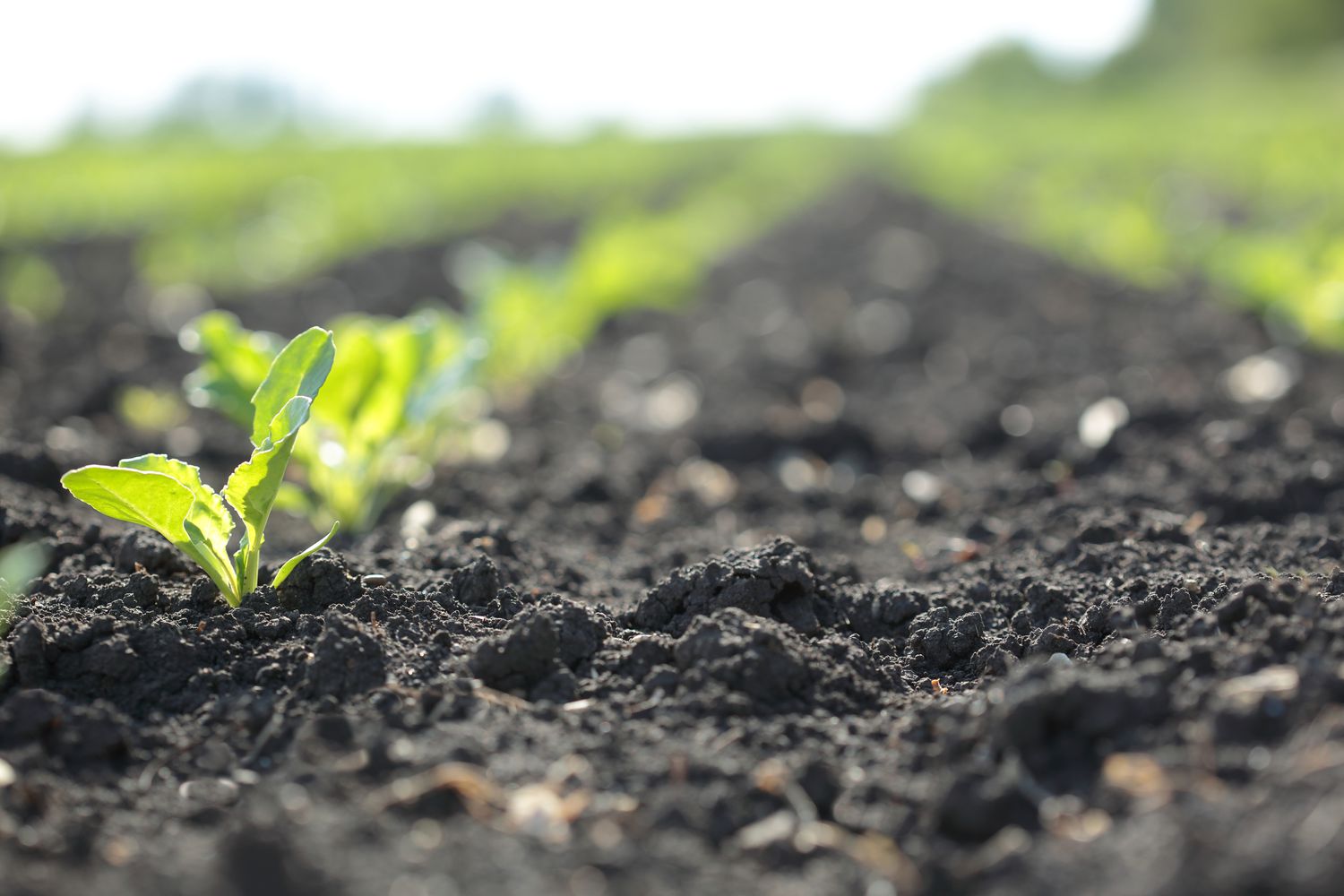
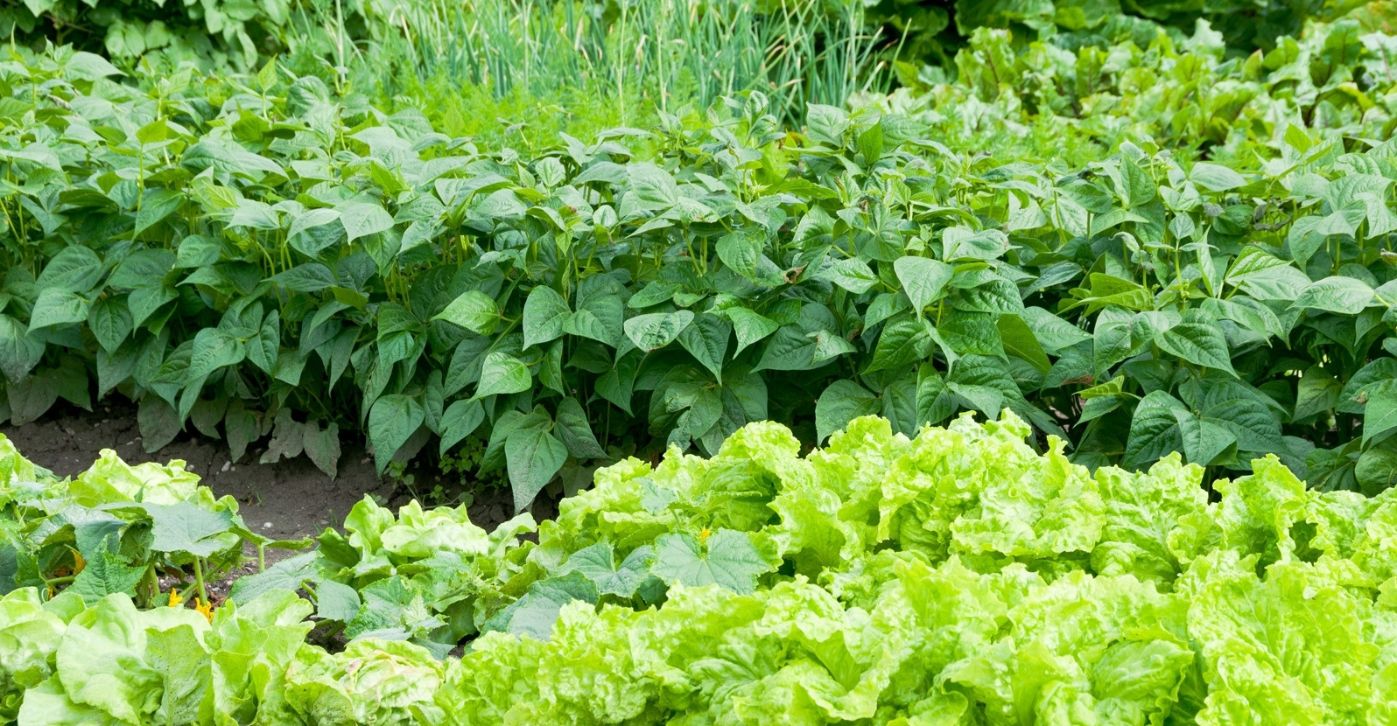
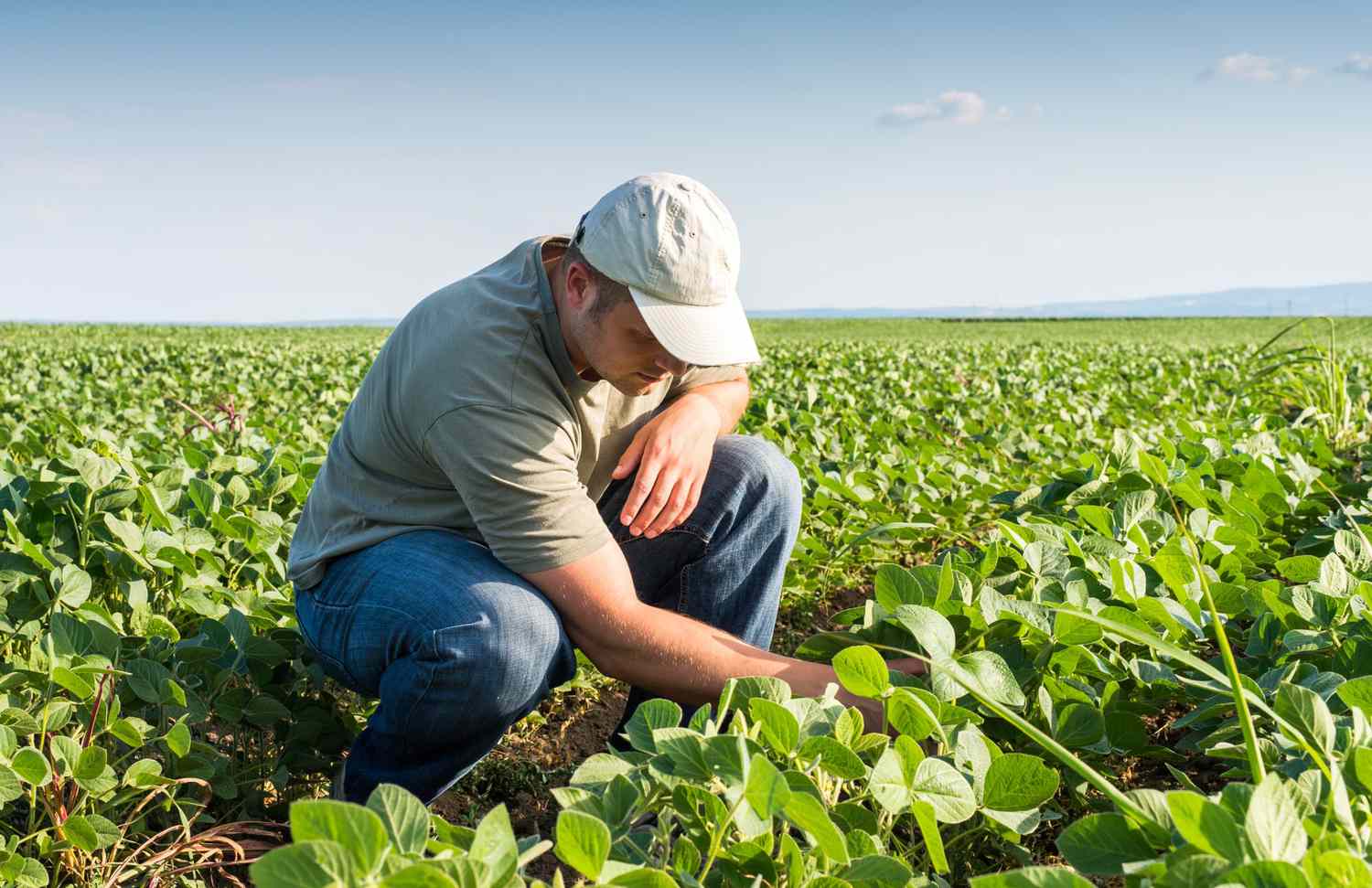
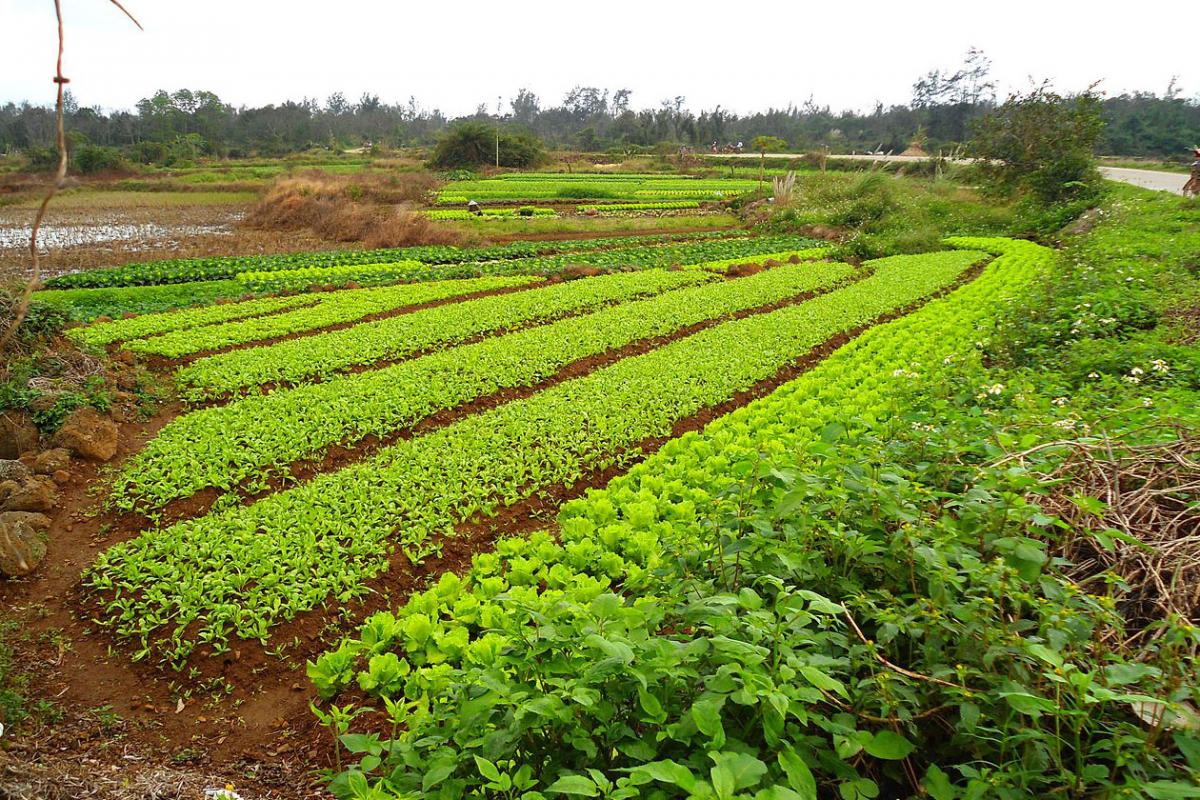


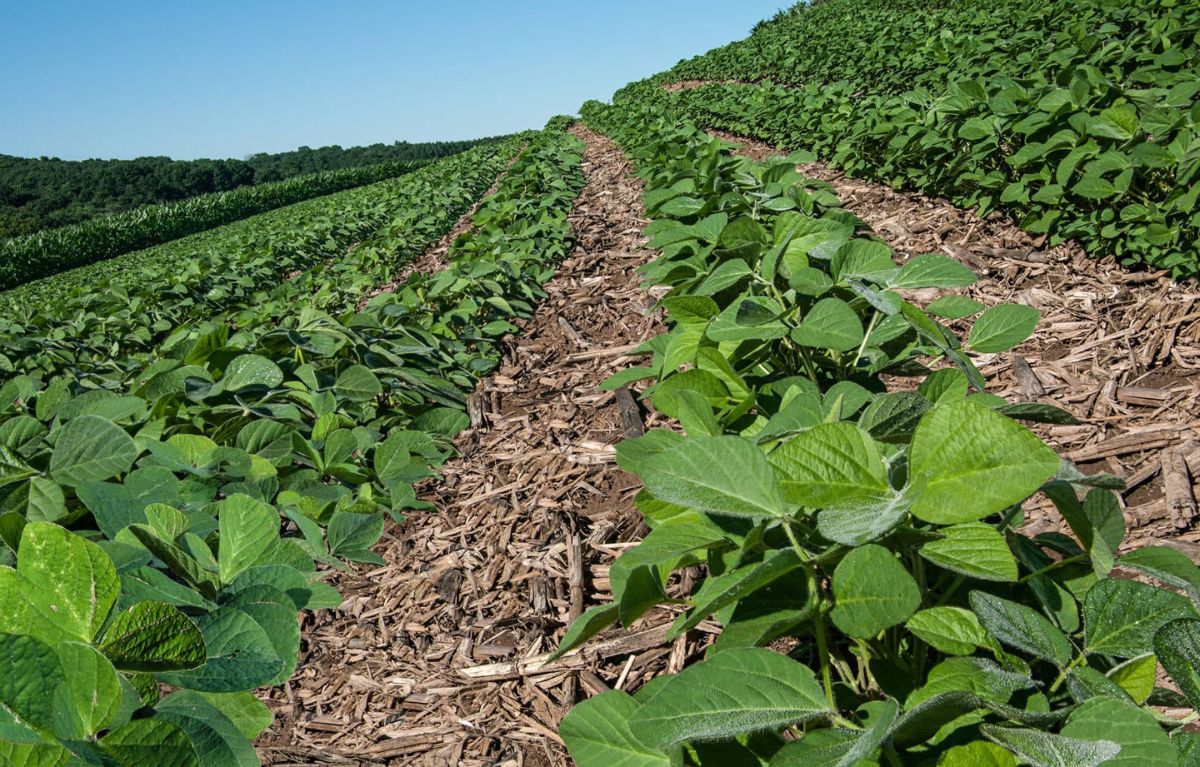
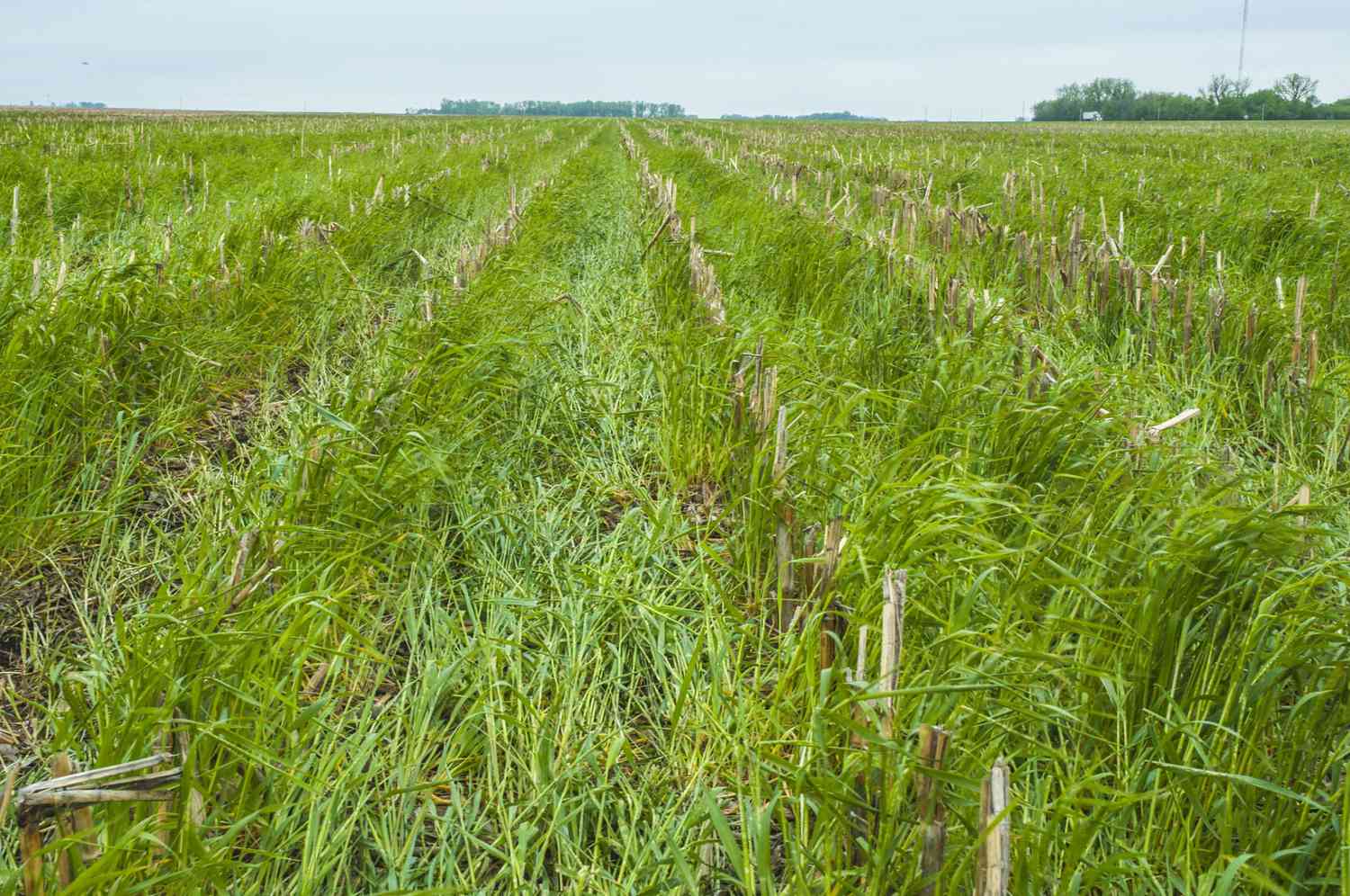



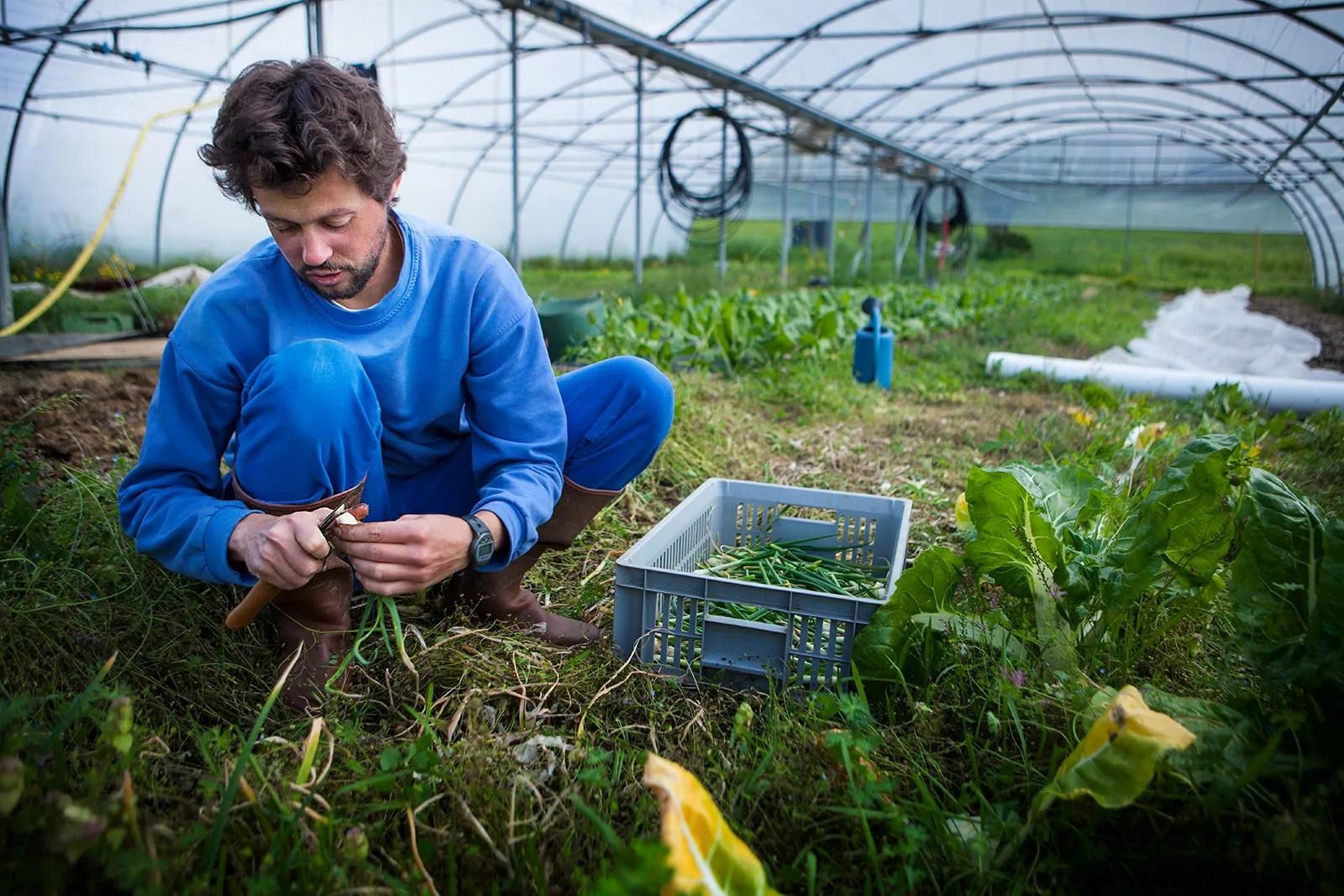
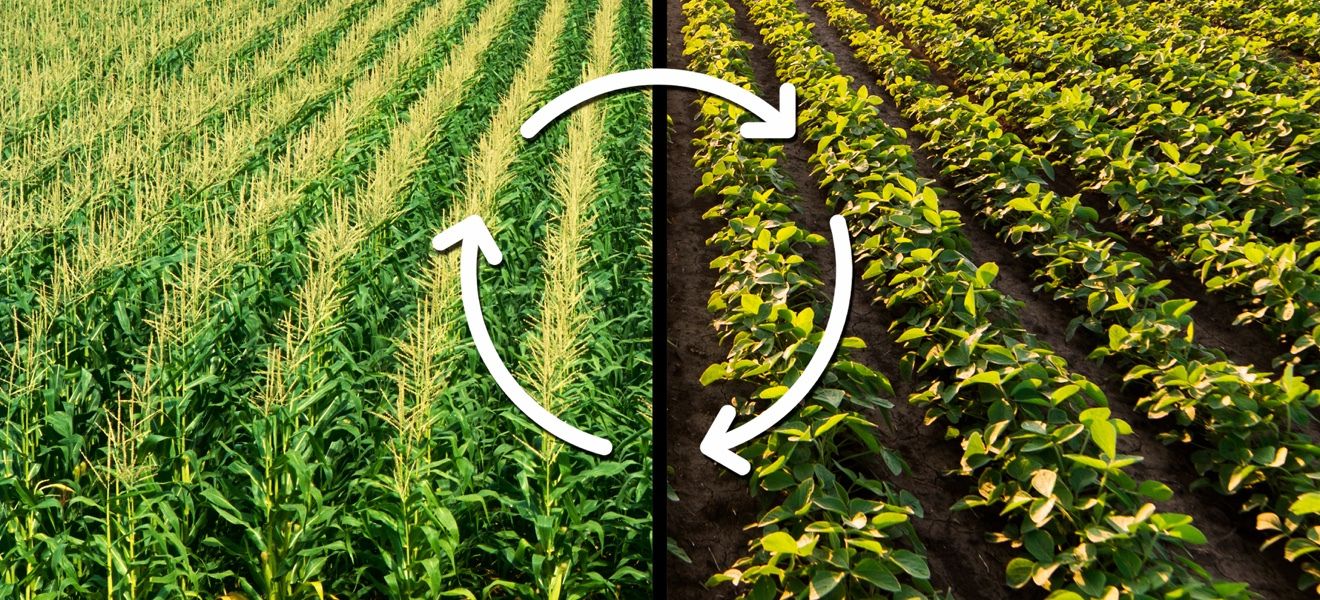
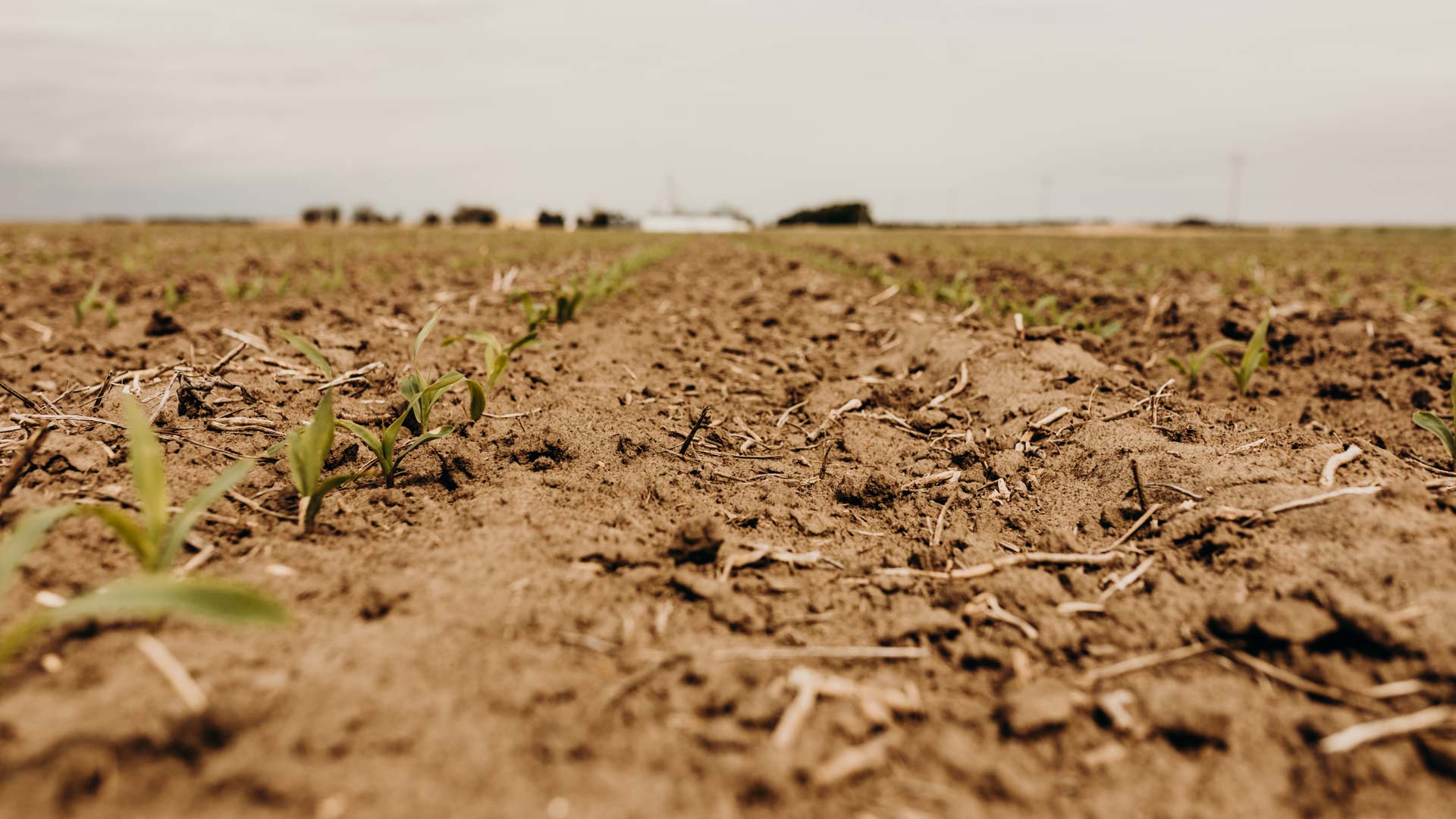

0 thoughts on “How Does Crop Rotation Help Restore Topsoil Fertility Apes”